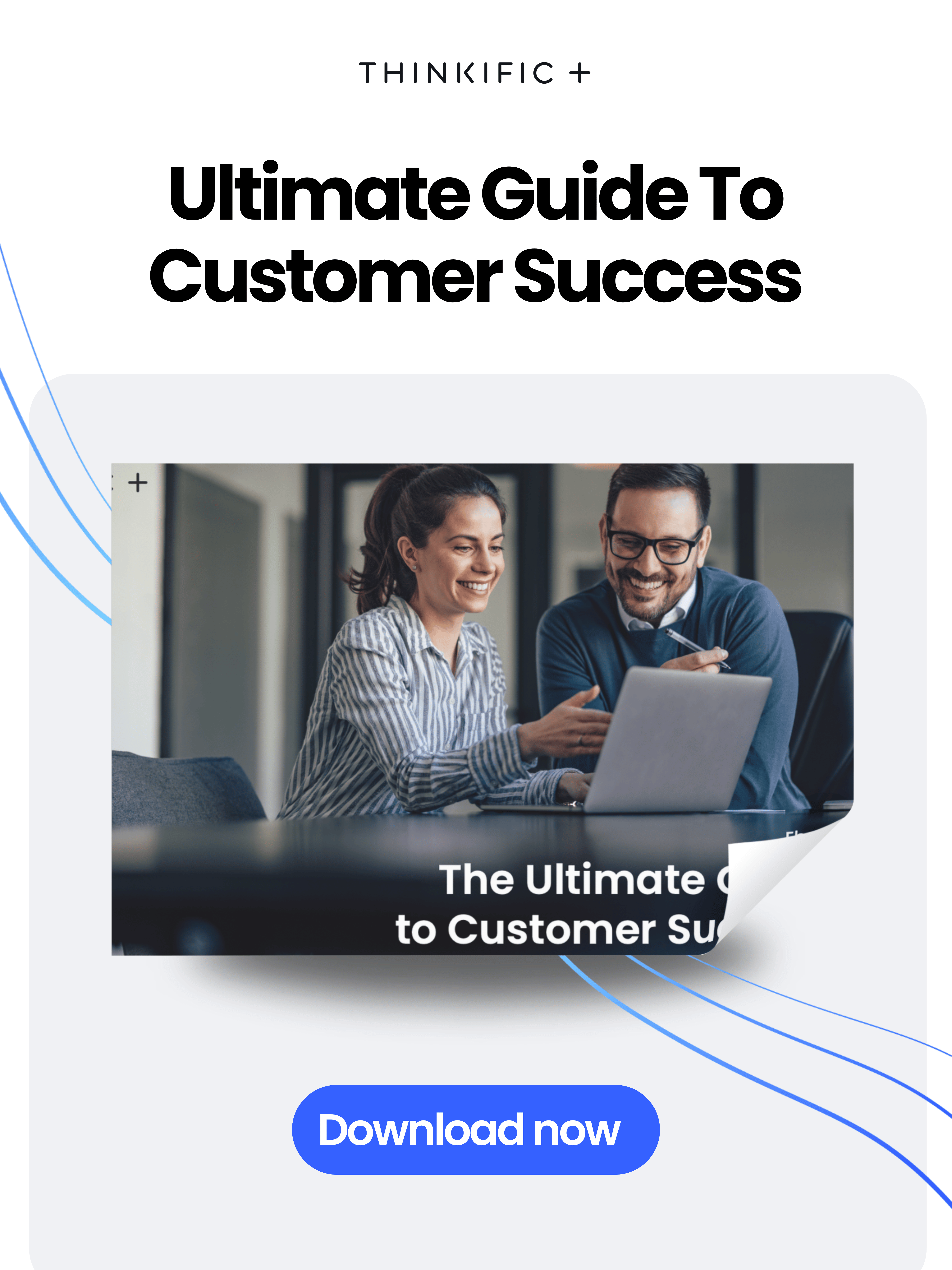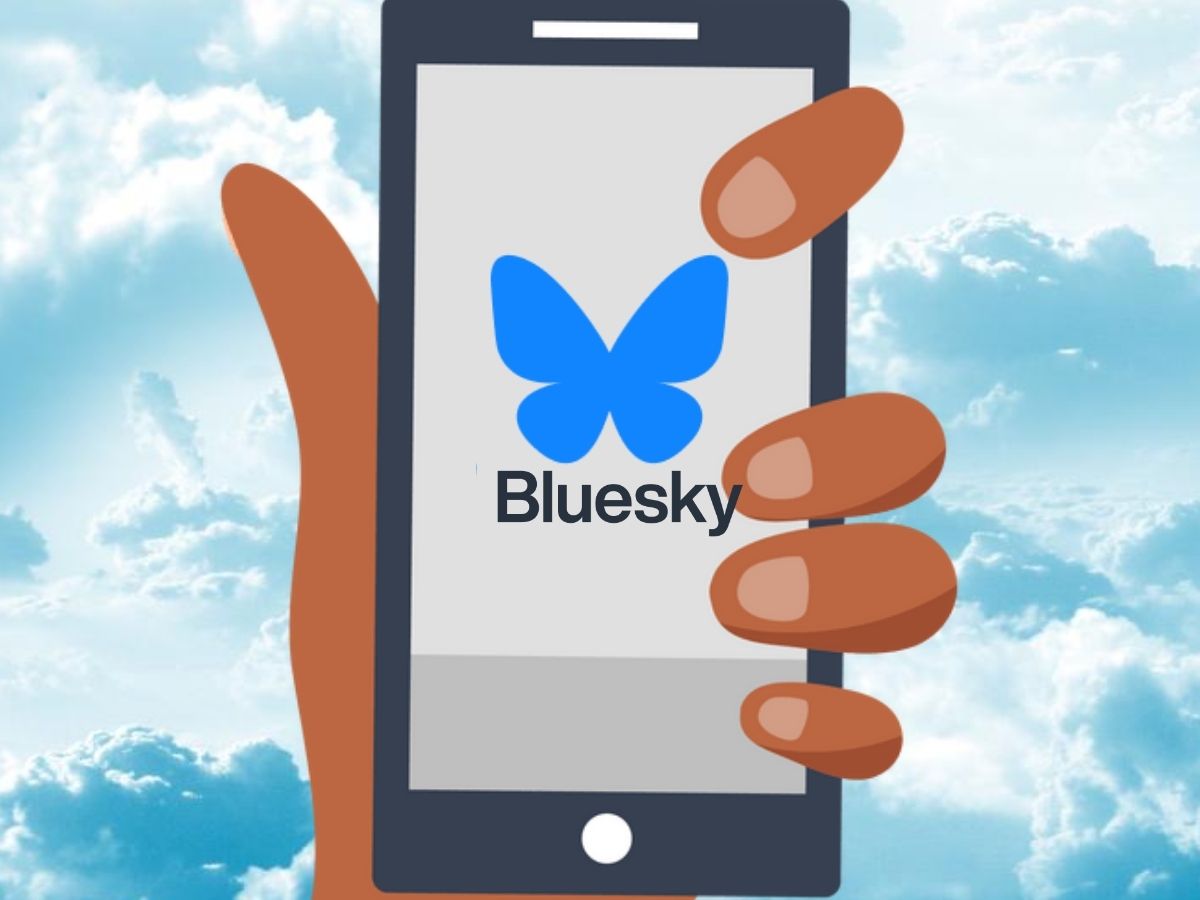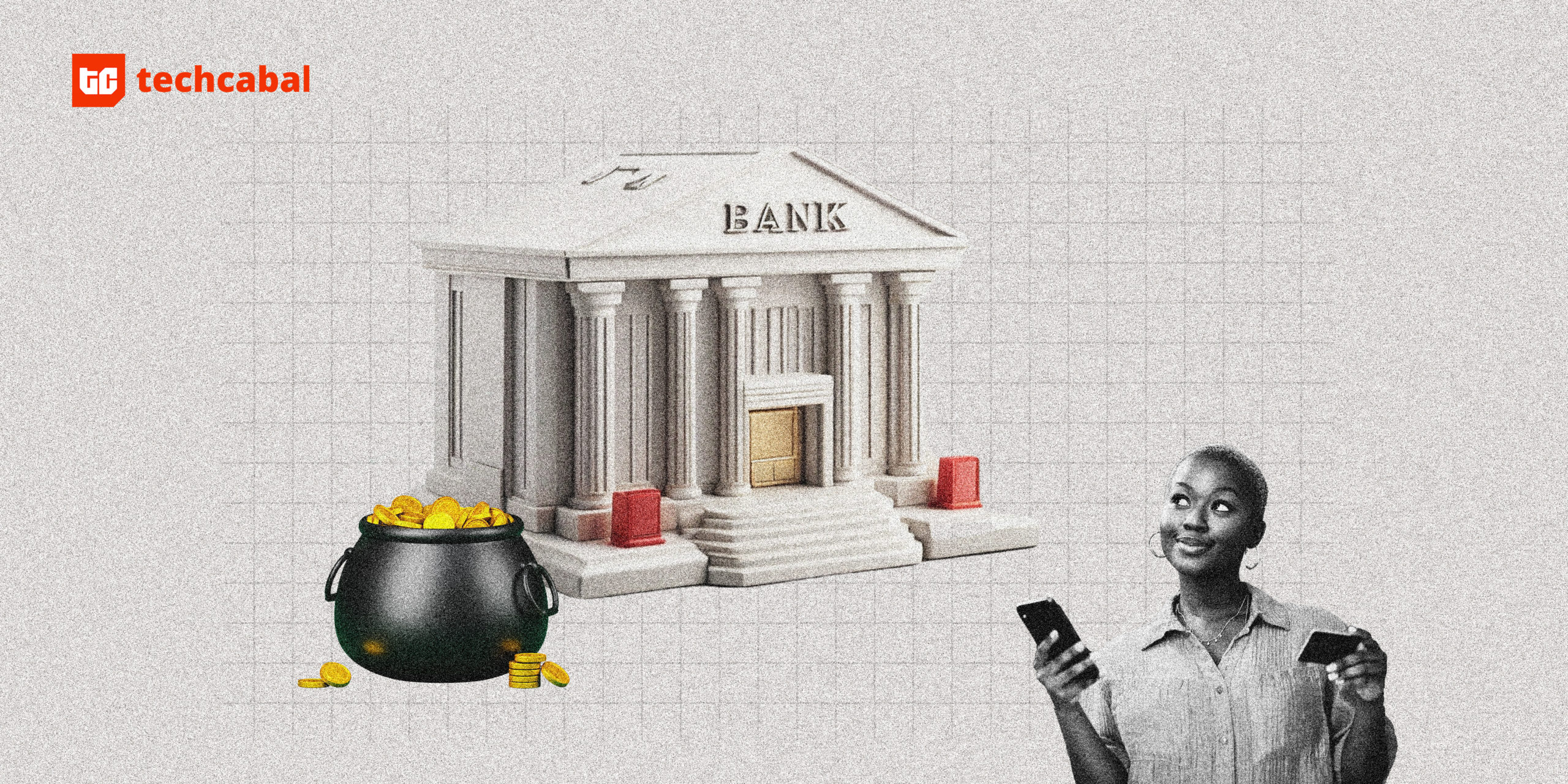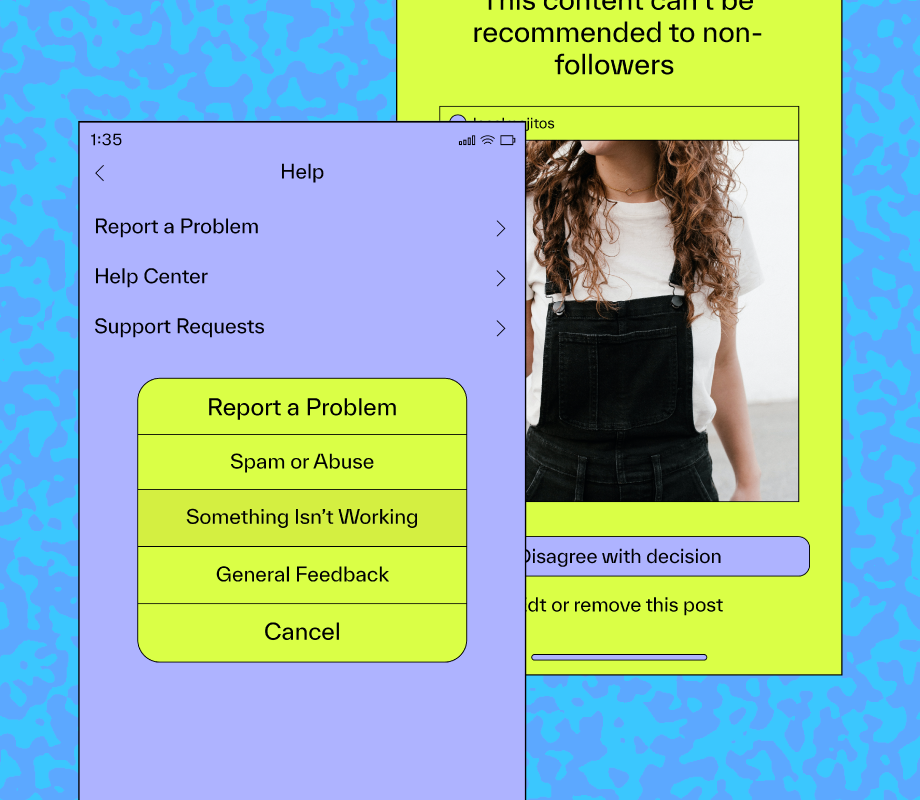Customer growth has long been at the center of business strategy, but is acquisition alone enough to sustain long-term success? As companies shift toward recurring revenue models, customer satisfaction, retention, churn, and engagement have become top priorities.
In this article, we’ll explore how the concept of customer growth has evolved and why acquisition is just one piece of a comprehensive strategy for achieving efficient and sustainable business growth. Let’s dive in.
Skip ahead:
What is customer growth?
Customer growth is the increase in a business’s customer base.
While customer success can be represented by a number, it’s important to remember that this figure is more than just “data.” It represents the culmination of a comprehensive customer experience, one that is driven by marketing, sales, and customer success initiatives.
The link between customer growth and recurring revenue
Today, customer growth is often at the center of conversations around business growth. This framework for thinking about business growth prioritizes getting big quickly, customer acquisition, and closing the sale. And while new customer growth certainly has its place in business growth strategy, we think growth efficiency deserves more attention than it’s getting.
Customer growth solely focuses on growing the number of customers—which often means increasing the number of people moving through your sales funnel.
Growth efficiency, on the other hand, prioritizes the optimization of your customer journey, driving higher conversion and retention rates without necessarily increasing the number of people who enter your sales funnel at the awareness stage.
But don’t just take it from us. FlexClip “found that focusing on customer retention and expansion through education has had a more sustainable impact on [their] growth than acquisition alone,” shares Jessica Miller, Partnership Manager.
She continues, “Customer education initiatives have significantly boosted our recurring revenue, primarily by reducing churn and increasing product engagement. By helping users fully understand how to use our features effectively, we’ve seen a direct correlation between better-educated customers and higher renewal rates.”
Acquisition is no longer enough to drive growth strategy. By expanding your growth strategy to include retention and expansion efforts, you can increase growth efficiency.
4 key drivers of growth in an organization
So, if acquisition alone is no longer enough to drive growth, what can?
The answer lies in a combination of acquisition, retention, and expansion efforts. Together, these strategies increase annual recurring revenue (ARR) over time, which is the true measure of sustainable growth.
Growth isn’t just about increasing revenue; it also involves strengthening customer retention, sales programs, and overall customer relationships. Below are 4 key drivers of this kind of growth in an organization:
1. Stronger upselling and cross-selling programs
Improving your upselling and cross-selling initiatives allows you to drive more revenue from customers you’ve already paid to acquire.
John Russo, VP of Technology Solutions at OSP, tapped into this growth driver at his own company. “Probably one of the metrics that really blew our minds was this 25% increase in upsell opportunities among customers who actively engage with our education programs,” he says.
In Russo’s scenario, engaging an already captive audience positively increased revenue, all without raising his customer acquisition cost (CAC).
2. Customer retention and churn prevention
While CAC refers to the cost of bringing customers to and through your sales funnel, customer churn and retention represent your ability to keep customers post-conversion.
Customer churn and retention are two sides of the same coin. On one side, customer retention refers to the number of customers who continue using your product or service. Conversely, customer churn refers to the number of customers who stop using your product or service.
A high churn/low retention rate means you’re losing customers quickly, effectively throwing the money you spent to acquire them right into the trash. This means reducing churn and increasing retention is critical for efficient growth.
To start prioritizing this growth efficiency, you can strengthen customer retention by improving customer relationships through things like personalized engagement, anticipatory solutions, and comprehensive education.
John Russo confirms this: “…there was a 15% reduction in churn rate after having built a far more structured and personalized approach to customer education. This proves that education has a positive effect not only on customer retention but also builds long-term relationships that result in sustainable growth.”
3. Customer satisfaction
Businesses that struggle to boost customer growth often deploy customer success efforts too late—in post-product adoption—reacting only when problems arise. This reactive approach forces teams to play catch-up, missing out on opportunities to strengthen customer relationships from the start.
To increase customer satisfaction, businesses need to take a proactive approach by implementing strategies like customer education early in the customer journey.
By educating customers on how to maximize the value of their purchase, you help them avoid potential pain points and build trust. Proactively engaging customers with personalized resources—such as online courses, webinars, onboarding tutorials, and ongoing support content—can not only reduce the workload for customer success teams but also prevent issues from arising altogether.
The result is improved customer satisfaction, which leads to stronger retention, positive reviews, and word-of-mouth referrals.
4. Engagement
Customers are more likely to become new customers and adopt new features when they understand how your offering benefits them and how to achieve those benefits.
By engaging customers throughout the customer journey, you can strategically deploy experiences that inform and educate customers on new and existing offerings at key moments in their journey.
For example, in just two years, Hootsuite launched an academy that engaged over 450,000 students at over 800 universities.
Connecting the dots: the relationship between customer education and growth
So far, we’ve explored 4 key growth drivers:
- Stronger upselling and cross-selling programs
- Customer churn and retention rates
- Customer satisfaction
- Engagement
Each plays a critical role in growth efficiency. A strong, comprehensive customer education program can realize each of these in your organization.
In fact, an Intellum-funded Forrester report found that annual spending on customer education is higher than ever, and it shows no signs of slowing in the coming years. Customer education isn’t just the hot new buzzword; it’s an impactful strategy, and businesses are beginning to realize that, as evidenced by this report.
According to the report, organizations run customer education programs to improve the customer experience (customer satisfaction), usage and engagement, adoption, and more. And the fruits of these labors are big. Organizations with formalized education programs reported a nearly 40% increase in product adoption, 30% in engagement, and 26% in customer satisfaction.
Understanding that customer education can be the winning strategy behind growth efficiency drivers, let’s pivot and take a deeper look at how.

How customer education helps to drive growth
Customer education doesn’t just support growth—it actively drives it by empowering customers to fully adopt and engage with your products. Below, we’ll explore specific ways customer education boosts growth, starting with increasing the adoption of training-targeted products.
1. Increased adoption of training-targeted products
The Forrester report found a 38.35% increase in the adoption of products targeted in formalized customer education programs.
You can leverage customer education to boost new customer growth and see those same results in three key areas:
- Customer onboarding: Customer education is often used as an efficient way to scale onboarding while keeping it engaging and personalized. Onboarding is also a great moment to really leverage new audience growth and capitalize on peak levels of engagement. You can further capitalize on that interest and target high-priority products and services.
- Product launches: Customer education shouldn’t stop once your customers are onboarded. Leverage learning programs when launching new products, services, or features to increase customer understanding of that new offering.
- Underutilized features: Sometimes, an offering just isn’t successful. It happens. But you shouldn’t declare it a failure until you’ve included it in your education strategy.
Sometimes, an underutilized feature can be included in the onboarding process. However, you should only do this when that feature is critical to the customer’s immediate success or can decrease their time-to-value (TLV). Otherwise, consider creating separate resources for it and pushing them out via social, email, and web marketing.
Education promotes product understanding. When customers are educated about specific offerings, they’re more likely to use them and use them effectively, driving product adoption in the onboarding, loyalty, and advocacy stages of the customer journey.
2. Improvements in customer satisfaction
When educated on using a product, customers are less likely to experience frustration and more likely to see positive outcomes. These results create an empowered customer, which is also a satisfied customer.
In fact, companies with a formalized education program see a 26.2% increase in customer satisfaction. Something Jessica Miller, Partnership Manager at FlexClip, has seen firsthand.
“We monitor NPS (Net Promoter Score), and those who engage with our educational content report a 25% higher NPS score than those who don’t,” she says. “By empowering customers to create professional-quality videos, we’ve increased their satisfaction, driving better reviews and stronger customer relationships.”
Satisfied customers are more likely to leave positive reviews and engage in word-of-mouth marketing (advocacy), which drives retention and acquisition. Together, improved retention and improved acquisition lead to stronger growth efficiency.
3. Increase customer lifetime value (CLV)
Businesses with customer education programs see a 34.6% increase in average customer lifetime value (CLV) per trainee.
CLV represents the average customer value multiplied by the average customer lifespan.
Thinking back on “customer growth” vs. “growth efficiency,” increasing your CLV with customer education happens by increasing customer value and lifespan. This can happen in two key ways:
- Upsells and cross-sells: As we’ve discussed, informed customers are more likely to adopt a product or service. That extends to add-ons and upgrades. By educating customers, you can increase the amount of add-ons and upgrades (upsells and cross-sells) your team makes, increasing the average customer value.
Miller saw this at FlexClip: “With more engaged users, our CLV has increased by approximately 15%. This is largely due to customers upgrading to higher subscription tiers once they realize the full range of capabilities FlexClip offers…” - Reduced churn: Customers who see the value in your offering are less likely to churn. Keeping more customers increases the average customer lifespan.
4. Increased win rates for new customers
Your win rate reflects the amount of sales opportunities you close or convert, and by leveraging customer education, you can see an increase in win rates as high as 28.9%.
We’ve discussed all the ways customer education can benefit your business, but it also significantly benefits the customer. Two easy ways it supports them are by decreasing their TLV and increasing the overall value they derive from the relationship.
Additionally:
- Better-informed prospects convert faster: The quicker you can demonstrate the value of your offering, the faster the potential customer will convert.
- Differentiate from your competitors: Customer education is another touch point in your relationship that allows you to really hone in on and emphasize your unique selling proposition.
- Empower your sales teams: Measure the TLV and quantify the value customers receive from your education programs, then share these figures with your sales teams to use during the sales process.
5. Decrease in customer support costs
Increasing customer support resources, lowering demand for support staff, and lowering support costs are three common goals businesses pursue when adding customer education to their toolbox.
Research supports this line of thinking, showing that businesses with customer education programs see a 15.5% decrease in support inquiries and a 7.2% reduction in annual customer support costs.
When customers have access to a robust library of educational resources, they’re more likely to troubleshoot independently, reducing the need for your support staff.
Additionally, educating your customers proactively reduces the need for “reactive” customer support, i.e. the post-adoption catch-up we mentioned earlier in the article. This is what drives that reduction in support costs.
And finally, customer education allows businesses to grow without necessarily having to grow their support workforce in proportion to their organic customer growth.
Customer education challenges and final thoughts
Clearly, customer education plays a critical role in driving growth efficiency, but it’s not without its challenges. Implementing a successful customer education program requires careful planning and resources to ensure it delivers the intended value. However, many organizations encounter common obstacles that can impede their progress.
The Forrester report highlights several of these challenges, which, if not addressed, can hinder a program’s success and potentially weaken growth efficiency. Some of those top challenges with customer education are:
- Lack of tools for developing training resources—This can include physical tools like webcams, lighting, and quality cameras or software tools like editing software and an education platform.
- Lack of skills and technical knowledge for developing training programs – Just because you have a customer success team doesn’t mean they’re adequately prepared to launch a comprehensive training program.
- Lack of labor for moderating and managing programs – Developing and launching robust education programs with your existing team is possible. However, maintaining the program’s quality may be challenging without additional support.
- Lack of content – Creating a truly beneficial customer education program requires custom, curated content. Repurposing existing content and going more in-depth may provide a significant amount of content, but you’ll still need more in order to deliver the value your customers expect from a truly comprehensive program.
- Lack of budget – As with any new initiative, your teams will need an adequate budget to accomplish their goals. This budget can tackle any of the above points and more.
Many organizations attempt to launch customer education programs without first accounting for and resolving these challenges. As a result, programs can actually weaken growth efficiency by doing the opposite of their intended purpose, i.e., lowering retention, satisfaction, engagement and increasing churn.
Educating customers the right way
One of the main takeaways from the Forrester report is that “Creating a customer education program requires substantial effort and planning, but don’t try to reinvent the wheel.” Effective customer education is a proven driver of growth efficiency, but success lies in thoughtful execution.
Thankfully, you don’t have to start from scratch. Education platforms like Thinkific Plus are designed to help you launch formalized customer education programs efficiently. With dedicated support teams, AI-content generation, an easy-to-use platform, and more, Thinkific Plus helps you build customer education into your growth efficiency strategy.
Ready to take your customer success strategy to the next level?
Download the Ultimate Customer Success Guide and start building a roadmap to keep your customers engaged, loyal, and thriving with your business.

Discover how your business can leverage customer education to enhance customer success today.
When your customers win, so does your business.
Platforms like Thinkific Plus are making it easier than ever for growing businesses to build and launch their first customer education academy. With specialized tools for content creation, engagement, and analytics for continuous improvement, enabling your customers and fostering business expansion is more achievable than ever.
Ready to embark on this transformative journey?
Request a demo of Thinkific Plus and start shaping the future of your customer experience today.



/cdn.vox-cdn.com/uploads/chorus_asset/file/25546251/STK169_Mark_Zuckerburg_CVIRGINIA_C.jpg)






